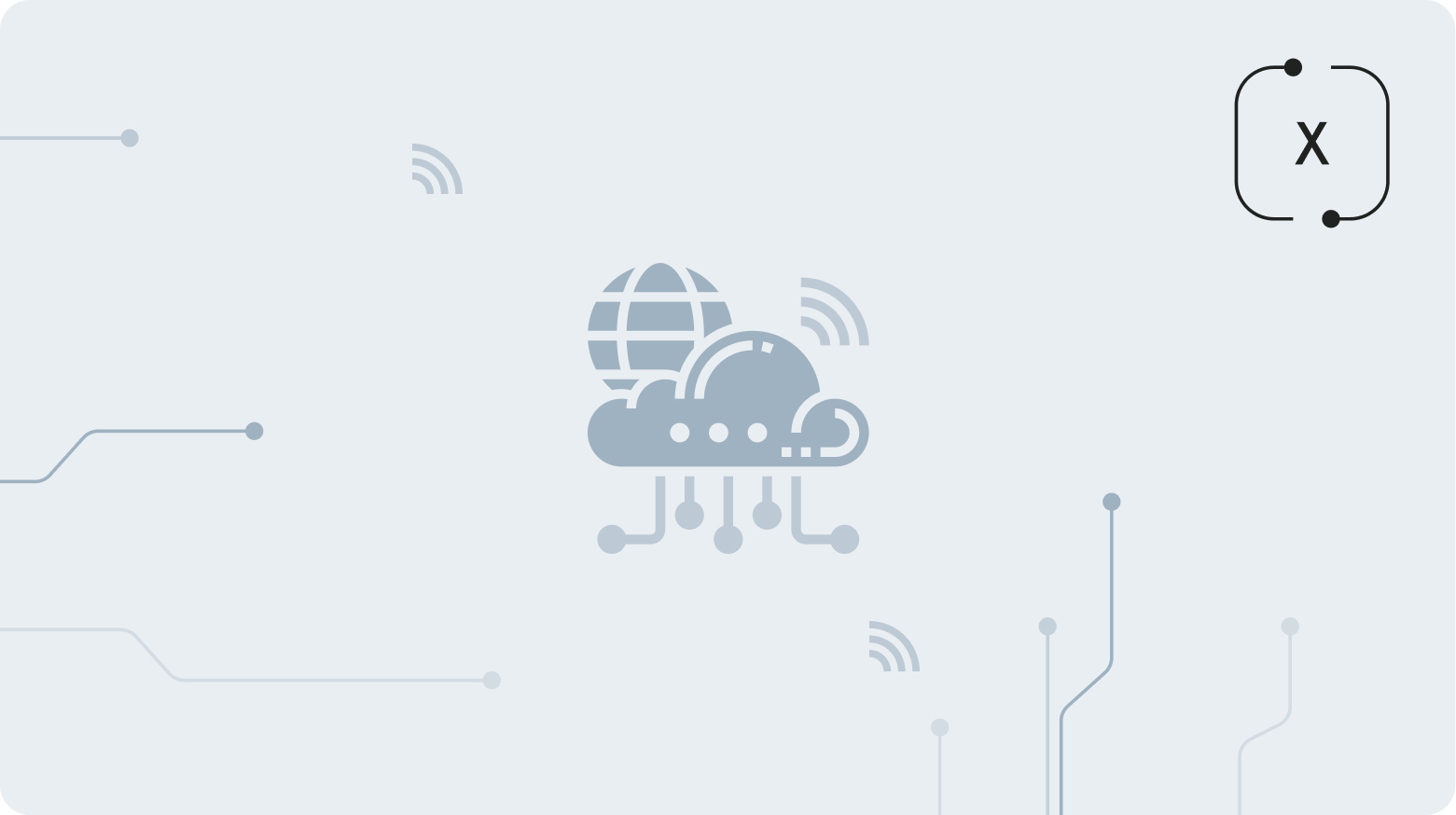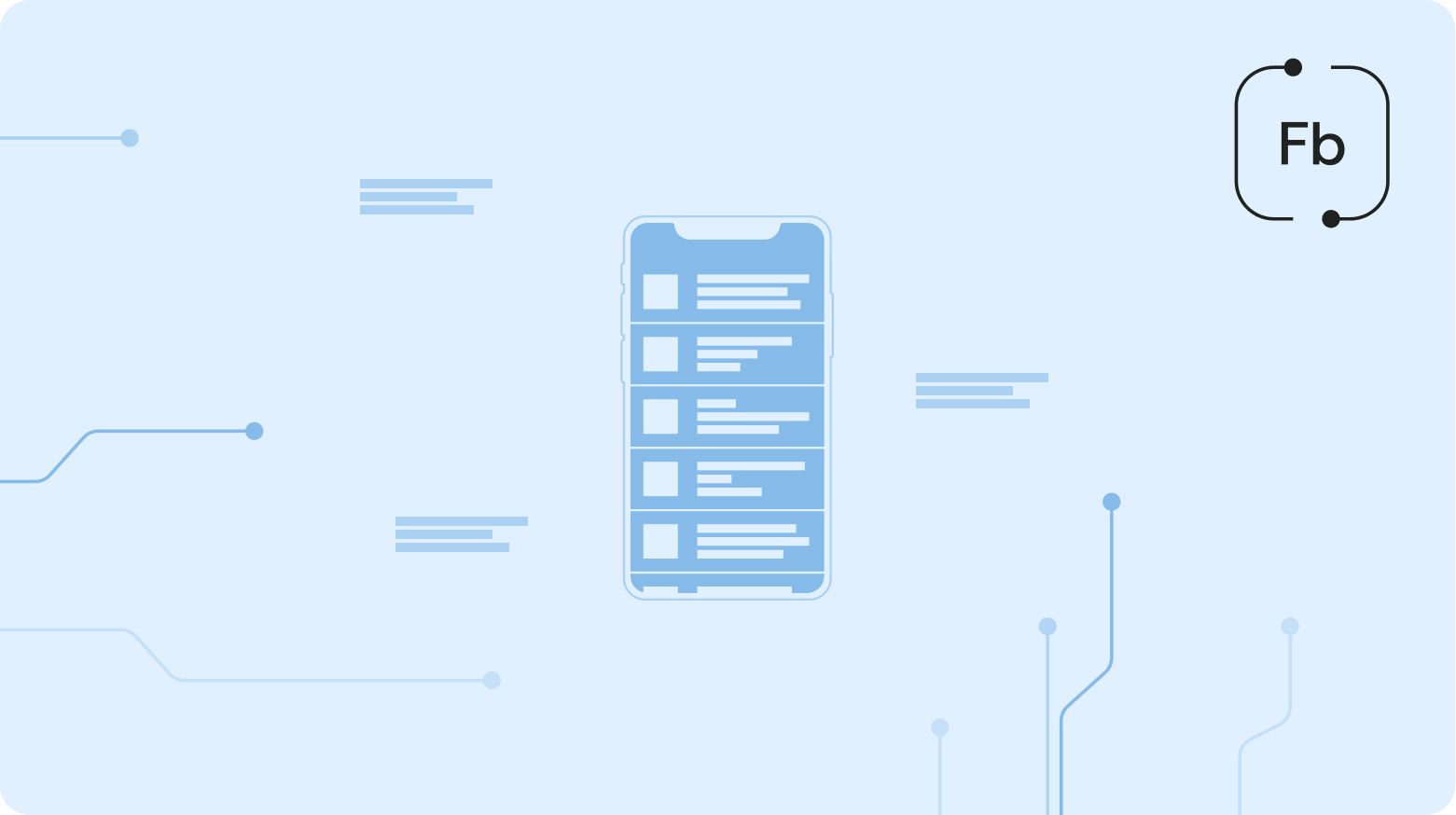
Twitter is the 7th favorite social media in the world in 2022, providing a wealth of data to fetch and gain insights about customers, competitors, industry trends, and so on. To access this data, businesses, and researchers can use APIs to extract data directly from the platform: one of the tiers of the official Twitter APIs like the Twitter Premium API or a third-party platform like Data365.
This article is a comparison of the Twitter Premium API and an alternative API. We'll highlight the key features and abilities of each platform, and explore some use cases to demonstrate their potential.
%252525252525201-min.avif)
What is the Twitter API Premium?
Twitter Premium API is a paid version of the standard Twitter API with additional features and capabilities. The Premium Twitter API is intended for businesses, researchers, and developers who need real-time data, higher rate limits, and advanced filtering and analytics capabilities.
Key Features and Benefits of Twitter Premium API
The Premium API Twitter offers more advanced features and benefits compared to the free and paid tiers of the standard Twitter API, including:
- Access to historical tweets: 30-day and full-archive search endpoints, with real-time access to up to 500,000 tweets per month;
- Advanced filtering options, allowing developers to filter tweets based on language, location, sentiment, and other criteria;
- More robust analytics: provides access to the full text of tweets, rather than just truncated versions, as well as additional metadata such as author details and retweet count;
- Greater customization and control over data collection and analysis;
- Real-time streaming of data by giving real-time access to the Twitter Firehose;
- Reliable and scalable solution for large-scale data collection and analysis;
- Dedicated support and resources for businesses and developers.
Additionally, the Premium Twitter API offers four different access levels:
- Twitter Premium Search API;
- Premium 30-Day API;
- Premium Full-Archive API;
- Academic Research product track.
How to Use the Twitter Premium API
Being designed for businesses and researchers who require access to real-time Twitter data and advanced filtering and analytics options, you can use Twitter Premium API for:
- Social media monitoring allows businesses to track customer sentiment toward their brand in real-time, allowing them to identify and address issues as they arise. Businesses, for example, can track customer feedback on new product launches and make necessary changes based on the information gleaned.
- Audience Research: Researchers can gain a more complete understanding of the audience by examining the language, interests, and behaviors of Twitter users. A researcher, for example, can identify the most popular topics among a specific demographic; build a social graph, analyze network structures of communities; perform content analysis; study user behavior patterns; segment users based on various attributes; develop predictive models; detect anomalies, etc.
- Trend Analysis: Businesses can stay on top of industry trends by monitoring Twitter conversations on a real-time basis. This feature is especially useful for businesses in fast-paced industries like fashion, music, or technology. A fashion brand, for example, can monitor trending styles and adjust the product line accordingly.
Here's an example of how a fictional company, “Happy Bites,” could use the Twitter Premium API for social media monitoring and analysis:
Happy Bites is a food delivery service that specializes in healthy meal options for busy professionals. They want to understand their target audience better, identify industry trends, and monitor customer feedback on social media. To achieve this, they use the Premium Twitter API to collect and analyze data from Twitter.
Using the advanced filtering options of the Premium Twitter API, Happy Bites creates customized queries to collect tweets that mention their brand, competitors, and industry keywords. They also use sentiment analysis tools to classify tweets as positive, negative, or neutral, and track changes in sentiment over time. Additionally, they use the historical tweet data feature of the Premium API to analyze trends and patterns in customer behavior and identify opportunities for new product development.
Based on their analysis of social media data collected using the Twitter API Premium, Happy Bites discovers that their customers are increasingly interested in plant-based diets and environmentally sustainable food options. They use this insight to develop new menu offerings that cater to these trends, and promote their new products on social media, resulting in increased brand awareness and customer engagement.
Overall, the use of the Twitter Premium API for social media monitoring and analysis enables Happy Bites to gain deeper insights into their target audience and make data-driven decisions to improve their business strategy.
What is the Third-party API?
Third-party API is a tool that allows you to obtain a large amount of publicly available Twitter data. As a result, you can use such monitoring and retrieving API to:
- Perform advanced filter for people, tweets, and profiles, using keywords or phrases, and more;
- Analyze consumer preferences, track competition, and highlight social media trends by using the received data set;
- Monitor and extract data from the massive amounts of content published on X (formerly known as Twitter) every day.
Key Features and Benefits of Alternative API
Third-party vendors enable users to gain deep insights and make better decisions, providing advanced features and benefits on offer. To name a few:
- Comprehensive data: a broad spectrum of fields available, including profile and tweet data, number of tweets/retweets, likes, followers/followings, and more, allow fetching more accurate data and creating a more complete picture of the target audience/brand.
- Real-time data allows businesses to respond quickly to customer feedback, track brand mentions, and monitor trends.
- Access to all other social media (Facebook, Instagram, TikTok, and LinkedIn) besides Twitter with one vendor like Data365.
- Customization allows businesses to meet their specific requirements. Data can be filtered by keywords, user location, and other criteria to ensure that developers receive the most relevant data for their brand.
- Free trial during which you can test out all of its features before making a financial commitment. For example, Data365 Social Media API provides free trial of the 14-day period, more information get by contacting the manager of the company.
- Live support. Thus, Data365 provides professional assistance and technical advice even during the free trial period. You can also request customizations to meet the needs of your specific project.
- Easy (enough) integration is possible due to detailed documentation and professional technical support provided so that developers can get up and running quickly.
- Fair pricing is another big advantage, so, when it comes to Data365 Social Media API, customers can choose the volumes they require and pay exactly for the data they obtain.
How to Use Third-party API
Businesses of all sizes can use the API for a variety of purposes. Competitor research, trend analysis, and customer insights are some common use cases.
Businesses can easily monitor their brand mentions, track industry trends, and gain valuable insights into their target audience thanks to advanced search capabilities and customizable filtering options.
Furthermore, the API gives businesses access to a wide range of data fields, allowing them to collect deeper insights that can be analyzed to create a thorough analytics by such engagement metrics like likes, retweets, and follower growth.
Here's an example of a use case for the Data365 Social Media API. Let’s take a fictional news outlet, “City News” that uses the API to monitor social media conversations and trends related to local news stories. By using the real-time streaming and advanced filtering options of the Data365 Twitter API, City News can collect tweets that mention local news topics, including breaking news, traffic updates, and weather reports.
City News can also use the Data365 API to monitor trending hashtags related to their coverage areas, identify public sentiment towards local issues, and track changes in social media conversation volume over time. By collecting and analyzing data from Twitter in real-time, City News can stay on top of breaking news stories and deliver timely, accurate, and engaging content to the audience.
Overall, the use of the Data365 API for real-time social media monitoring enables City News to stay ahead of the competition, improve the coverage of local news, and engage the audience on social media platforms.
Alternative API And Premium Twitter API: Data, Pricing, and Limitations
Yes, both tools provide a wealth of data and insights. So, let’s compare their pricing, data availability, and limitations so that you can make an informed decision about which tool suits your company's needs best of all.
Data Available
Both a third-party tool and Premium Twitter API allow users to access various types of data from Twitter, such as tweets, hashtags, users, mentions, and more. However, there are differences in the specific data that each API offers. All the details about it can be found in the documentation of the services. The Premium Twitter API offers access to tweets, hashtags, users, and mentions. However, the third-party tools can provide you with the same feature yet at a lower price.
Pricing and Limitations
Another key aspect when deciding between these two API options is their pricing models and limitations.
The Premium Twitter API has several pricing tiers, with prices varying according to the number of requests, data volume, and level of access required. However, the Premium Twitter API has monthly limits on the number of requests that can be made, which can affect businesses that need to access a large volume of data. Now you can get Twitter Premium API for $42,000 per month or about 500 millions a year, that's dozens of times more than Data365.
Let's take Data365's pricing system is based on a prepayment model, where users only pay for the POST queries and data they obtain. They offer three pricing packages (Basic, Standard, and Premium) that differ in terms of data volume and the available social networks. Customers can also opt for custom pricing options if they have specific requirements or high-volume usage.
Data365 uses mentions as an indicator to determine the cost of requested data, with each data type having its own mention value. To assist users in estimating their costs, Data365 provides a mentions calculator. There users can input their desired social media platform, features, number of keywords or hashtags, and data points to collect, to calculate the approximate monthly data volume and, thus, cost of the service.
Twitter Premium Search API And Third-party API Search Abilities
Twitter Premium Search API offers access to the full Twitter data archive and various filters for content search, with a monthly limit of up to 500 requests per month, with 100 results per request, for a total of 50,000 results per month.
The third-party vendor’s API offers access to a public Twitter data and metadata, including tweets, profiles, media, and more. It also offers users a range of filtering options, including keyword and hashtag options. The limitations vary. When it comes to Data365, there are straightforward limitations. Thus, there are custom packages for high-volume users, with a maximum of 300 posts per request and up to 100 requests per second. Data365 allows you to collect real-time data on new tweets that have just been posted, for example. All the limits and features information can be got by contacting the customer support.
Bottom Line
The Twitter Premium API is designed for businesses, researchers, and developers who need real-time data, higher rate limits, and advanced filtering and analytics capabilities. Meanwhile, a third-party vendor’s API also enables users to gain deep insights and make better decisions, providing advanced features.
Both options offer the ability to collect data on customers, competitors, and industry trends, allowing you to improve the product/service and business and/or marketing strategies. However, the tools differ in their pricing, data volumes, and customization features. Ultimately, the choice between these two tools will depend on the user's specific needs and budget.
If you want to find out more about how Data365 Social Media API can help you drive your business and project, please, get in touch to our customer support and receive all the needed information.
Extract data from five social media networks with Data365 API
Request a free 14-day trial and get 20+ data types








.svg)
.svg)
.svg)






.svg)
.svg)
.svg)
